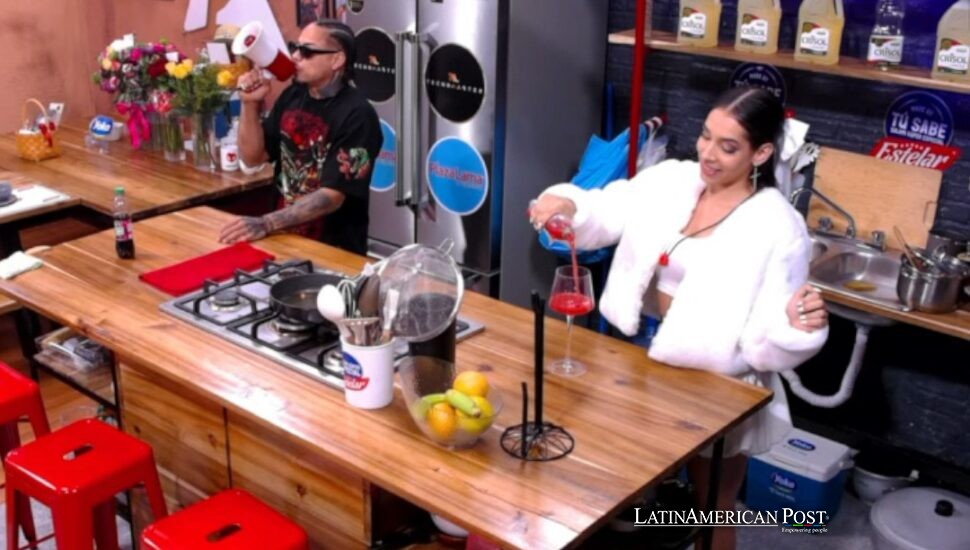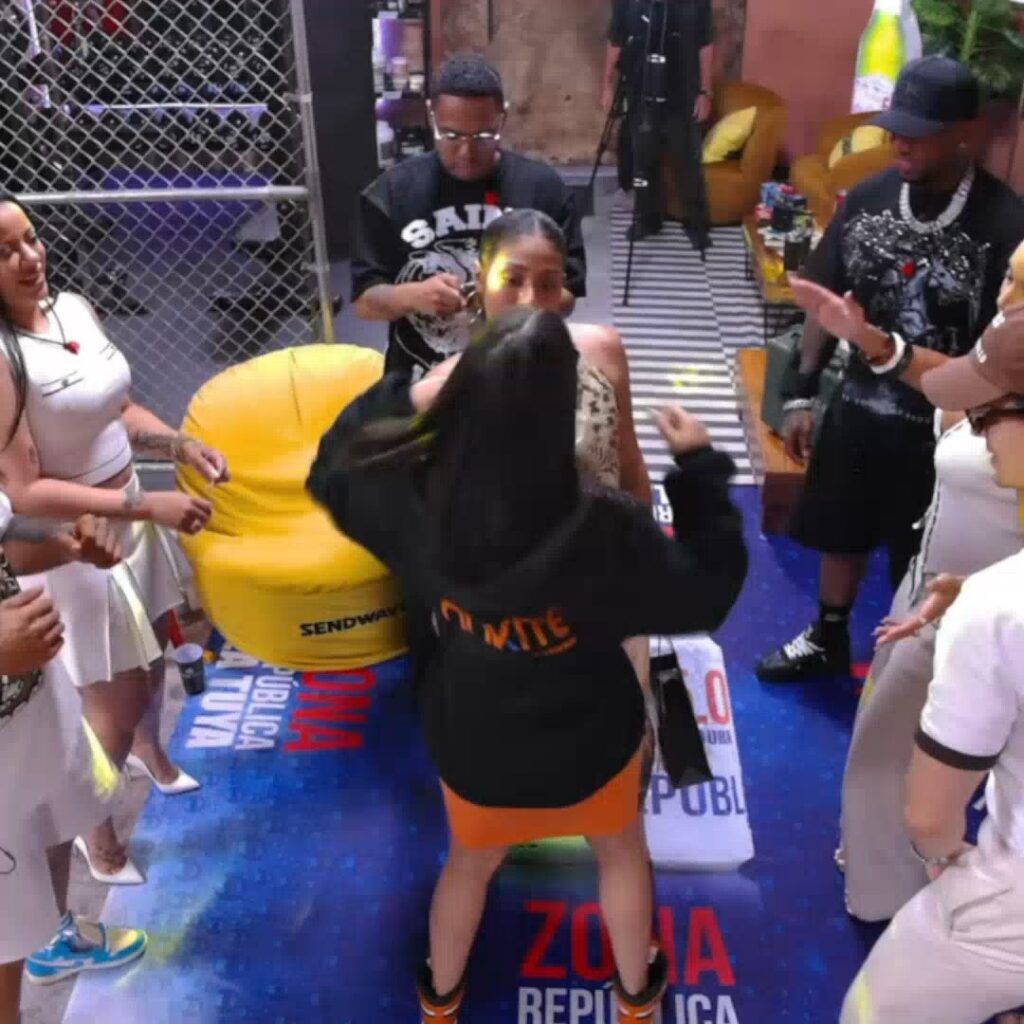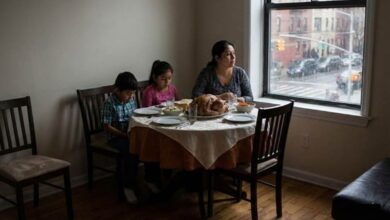Dominican Reality Show Breaks the Internet by Letting Fans Rule

A 24/7 livestream from a chaotic house in Santo Domingo has turned into Latin America’s loudest media event, breaking global viewership records and rewriting the rules of reality TV—because in La Casa de Alofoke, the audience calls the shots.
A House That Never Sleeps
There’s no script. No confessional booth. No carefully crafted episodes with a dramatic musical cue. Just ten strangers—each loud, talented, or both—sealed into a house with cameras rolling nonstop. At 3 P.M., someone’s frying eggs and flirting. At 3 A.M., someone’s crying in the corner while bachata hums in the background. La Casa de Alofoke isn’t just a show—it’s an atmosphere.
Broadcast from Santo Domingo and streamed live on YouTube for 30 consecutive days, the project resembles less old-school reality TV and more an unfiltered social media feed come to life. There’s a nightly pulse—prime time from 9 to 11 P.M.—but the real hook is the endless scroll. No reruns. No resets. Just the kind of unpredictable, late-night chaos that only happens when people forget they’re being watched.
It’s not polished, and that’s precisely why it works. The rough edges, the awkward silences, the unscripted blowups—those are the moments that go viral. Because in this house, authenticity isn’t edited in. It erupts.
Fans with the Power
The genius of La Casa de Alofoke isn’t just that it’s always on—it’s that the audience isn’t just watching. They’re steering.
Everything from popularity to survival depends on Super Chats: real-money YouTube messages that light up the stream like digital fireworks. Every donation is a vote. Every vote is a weapon. Viewers don’t just cheer—they campaign. They raise digital armies. They bankroll favorites, such as shadowy political operatives. And when elimination looms, the chat explodes into full-blown electoral frenzy.
It’s not subtle. It’s a spectacle.
One Sunday “fight night”—complete with in-house beefs, boxing gloves, and celebrity cameos—hit 1.3 million concurrent viewers, eclipsing the traffic of global sports streams, in an age where every platform claims to be “interactive,” Alofoke strips away the illusion. Here, your pesos don’t just show support. They move the game.
It’s a revolution in viewer control. And it’s also a business model. The more fans spend, the more power they feel—and the more invested they become in keeping the chaos alive.
Casting Chemistry and Cultural Clash
What makes the house sing—or scream—is the cocktail of personalities crashing into each other daily.
From Puerto Rican firestarter Andrea “La Peki PR” Victoria Ojeda, to the smooth, showbiz polish of Giuseppe “El Principito” Benignini, to Dominican comic Darileidy “Crusita” Concepción dropping punchlines like grenades—the cast doesn’t just spark, it combusts.
There’s a quiet power in Angélica “La Gigi” Núñez, trained on the set of El Show de Carlos Durán, and a streetwise swagger in Sr. Jiménez, a model with urban music clout. Throw in the blunt force of Cuban host Vladimir Gómez, the sly provocations of Colombian podcaster Karola Cendra, and TikToker Luise Martínez—whose viral faux Mexican accent keeps spawning memes—and you’ve got a house where anything can happen. And often does.
This isn’t the airbrushed cast of a network reality show. These are creators who have built online audiences and know how to engage with their followers. Their arguments are real. Their confessions are raw. They break down in public and bounce back with clapbacks.
And the house itself? No glamour. No tricks. Just couches, cameras, and too many egos crammed into one kitchen. Which is precisely what fans signed up for.
From Island Experiment to Streaming Earthquake
Nobody expected a Dominican livestream to dethrone primetime titans. But La Casa de Alofoke didn’t wait for permission.
In its first week, the show outpaced legacy TV on global streaming charts. At peak, 1.3 million devices tuned in live—a number usually reserved for soccer finals or esports championships. Suddenly, a house in Santo Domingo wasn’t just a curiosity. It was a broadcast giant.
The economics are wild, too. Instead of relying on corporate sponsors, the show monetizes fan obsession. Every vote is a donation. Every donation is part of the plot. That tight feedback loop—engage, spend, influence—has transformed passive viewers into power brokers.
The result? A reality show that finances itself in real time. A media format that doesn’t fear chaos—it feeds off it. And an industry waking up to the idea that Latin America doesn’t just consume global trends—it creates them.

IG@lacasaalofoke
Why the Format Hits Now
La Casa de Alofoke didn’t tap into the future of television. It ambushed it.
Viewers are tired of passive roles. They want immediacy, unpredictability, and a voice that counts. This show gave them all three—plus the thrill of playing kingmaker. It dropped the velvet rope and said: Come in, stay up, and don’t just watch the story—be the story.
It also understands something deeper about Latin American digital culture. The region doesn’t just scroll—it reacts, argues, memes, flirts, and fights in real time. This isn’t a show built for a streaming platform. It’s built for now.
The prize? One million pesos and a Mercedes SUV. However, the real win may belong to Santiago Matías and his Alofoke Media Group, who have just proven that a Dominican house with no script and ten ambitious creators can shake the global media machine.
Also Read: Mexico’s Untold Role in Freedom Journeys Takes the Stage in “Mexodus”
Because when the audience decides who stays, who goes, and what breaks the internet, television doesn’t look like TV anymore.
It looks like this.




